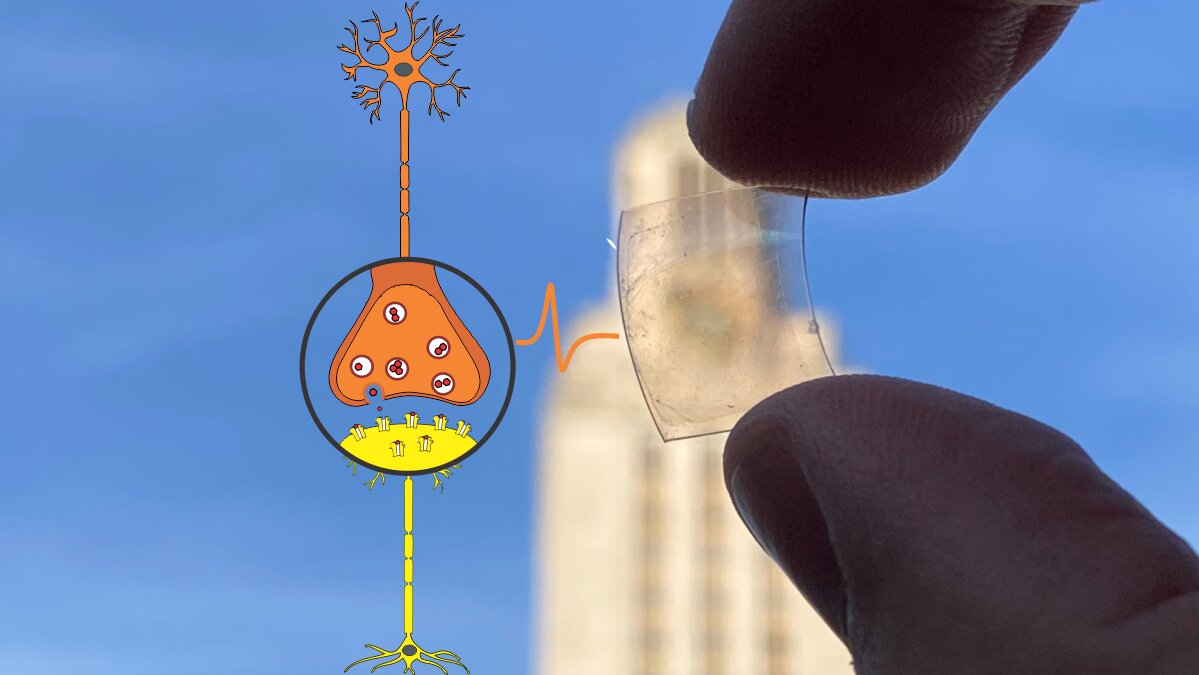
Computers that think more like human brains are inching closer to mainstream adoption. What types of materials can serve as the best building blocks to unlock the potential of this new style of computing? For most traditional computing devices, silicon remains the gold standard. However, there is a movement to use more flexible, efficient and environmentally friendly materials for these brain-like devices.
In a new paper, researchers from The University of Texas at Austin developed synaptic transistors for brain-like computers using the thin, flexible material graphene. These transistors are similar to synapses in the brain, that connect neurons to each other.
“Computers that think like brains can do so much more than today’s devices,” said J...
Read More






Recent Comments